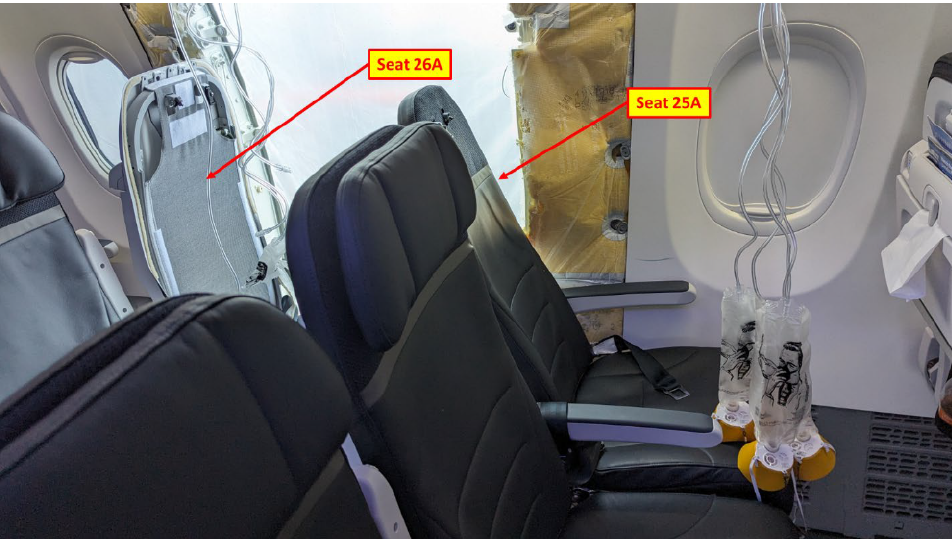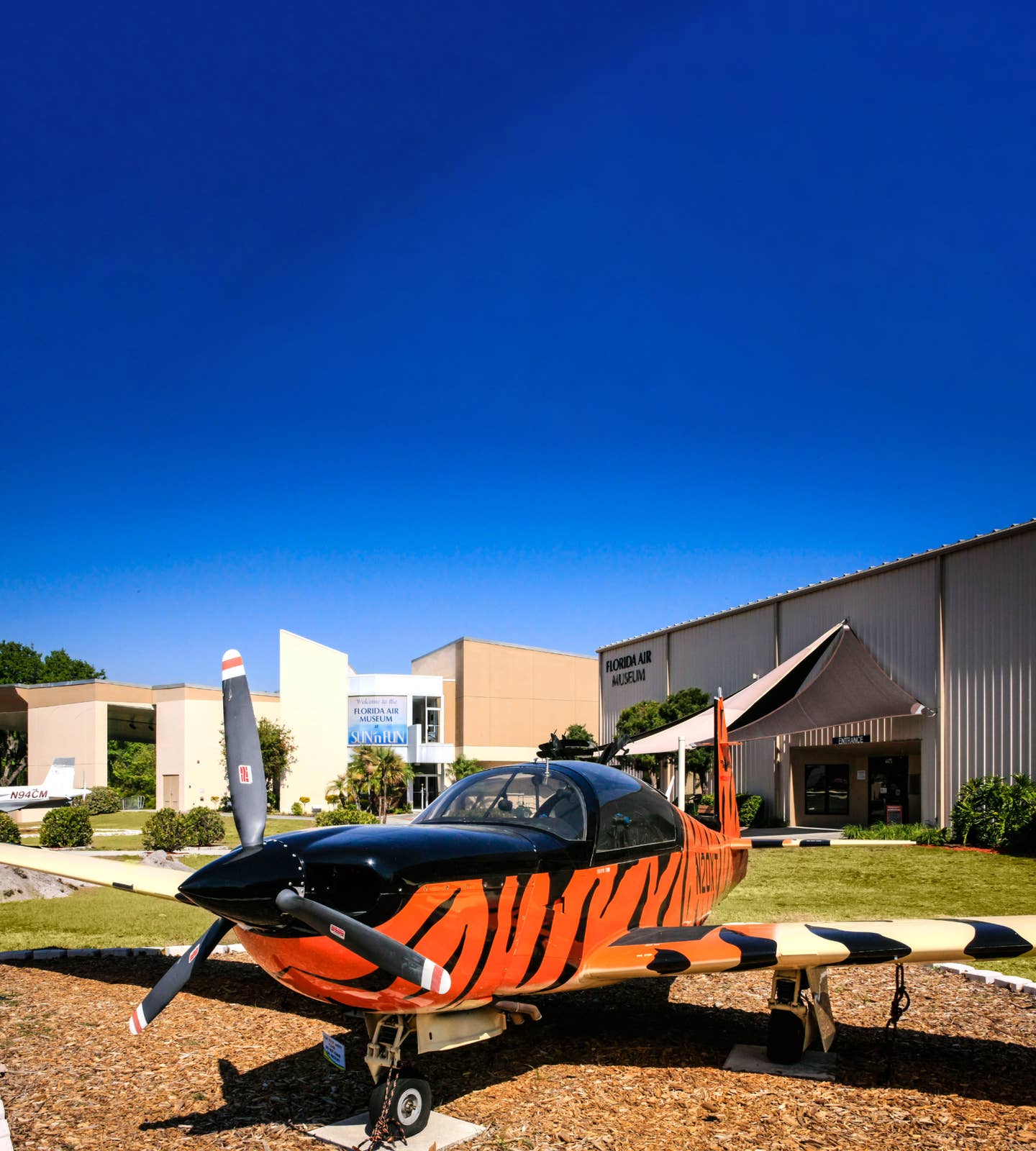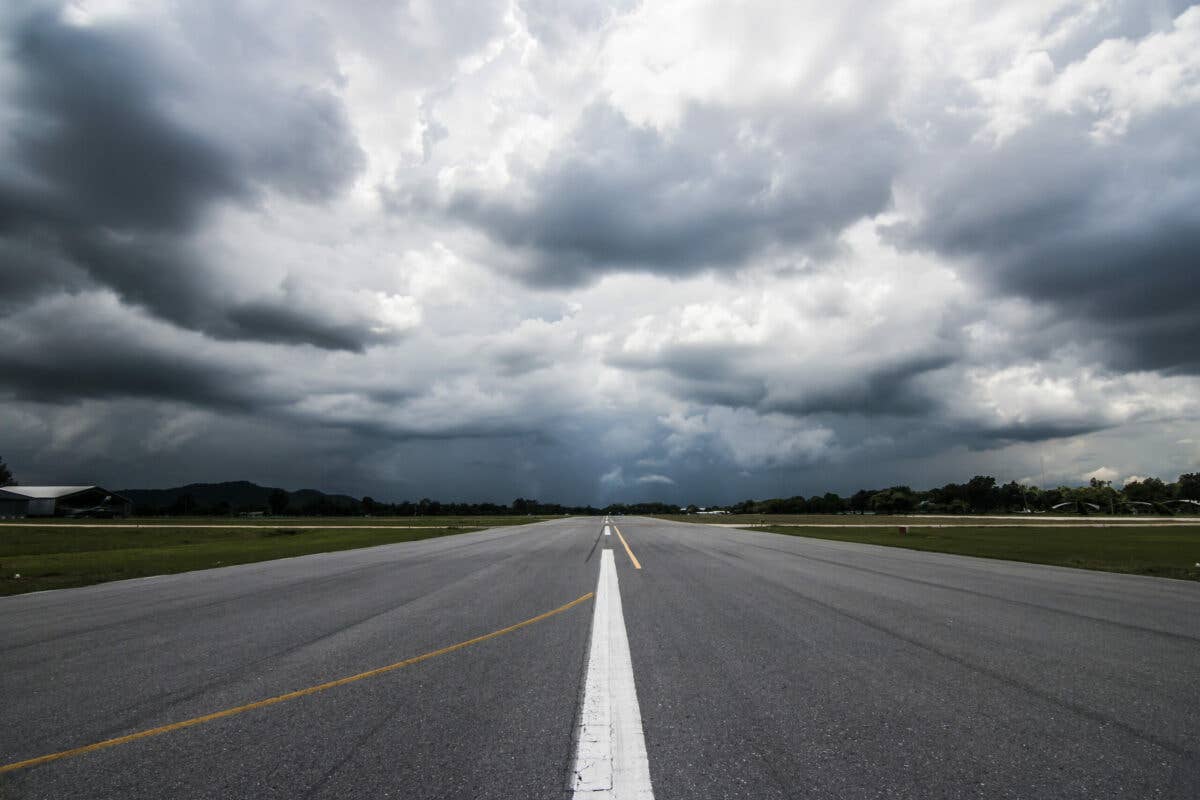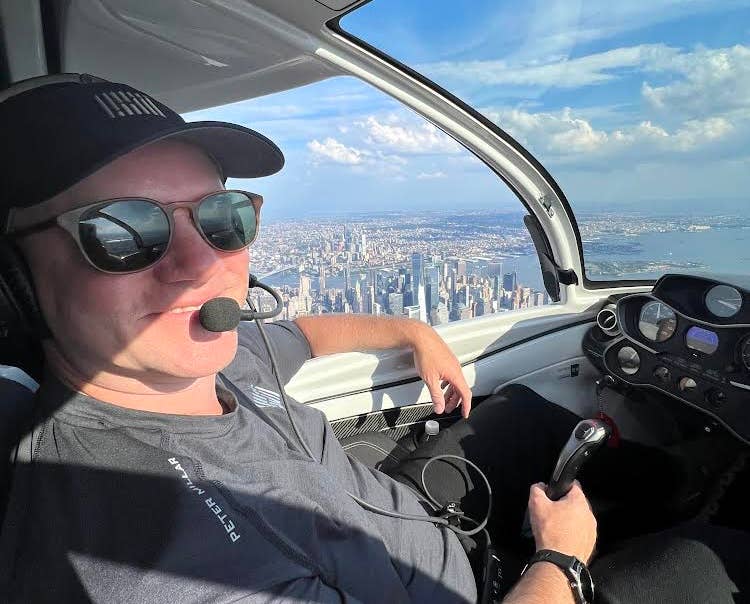Going Direct: Kobe Bryant Crash Investigation: It‘s About The Airmanship, Stupid
Armchair investigators in three-piece suits are bloviating about charter certificates as an area of critical focus. They need to come to their senses.
In the aftermath of the crash of Kobe Bryant's Sikorsky S-76B helicopter on Sunday morning, there has been much speculation about why it happened. And as details come to light, it's clear that many of those concerns are well founded. But it's important to remember that what ultimately matters in any flight is the person sitting in the left seat (in the case of helicopters, the command pilot is usually in the right seat). When it comes to the conduct of every flight, whether homebuilt or intercontinental commercial airliner, the buck stops there. That hasn't stopped some from wringing their hands over whether the flight was charter or Part 91 private flying. It is, to put it nicely, an academic concern in this investigation.
Here's an illustration of why. It's raining and dark. A car drives off the country highway at a sharp turn and plows into a chicken coop. (Thank god, no chickens were harmed. But it was close.) A traffic enforcement officer had just observed the car drive past, and he had him on radar for being 10 mph over the speed limit. And remember, it was rainy and dark. Just then a reporter walks up to the car, chicken feathers everywhere, and he looks at the registration sticker and says, "Here's the problem. It expired last month!" He then goes on to write a series of articles on the dangers of expired registration. This despite the fact that the accident had zero to do with the date on the license sticker and everything to do with the way the guy was driving.
Are accidents always that simple? They are not. Are they usually that simple? Yes, they are! It's not always the pilot in command as the easy answer for investigators. Mechanical issues greatly complicate the understanding of an accident's primary cause or causes. When a critical component or system fails, pilots are often left with few cards to play, or at least, fewer. Captain "Sully" Sullenberger famously took about his only good option and landed the Airbus he was captain of on the Hudson River. Everyone walked, or waded, away.
But in most accidents, as you know, the pilot has a lot more options. Sullenberger didn't intentionally fly into the flock of geese and soon-to-be former geese that took out both of his plane's engines. If he had, well, we would not think of him as a hero, which he is, especially to every one of the 155 people who survived that day to get the chance to tell their kids and grandkids one heck of a story.
By far the biggest option eliminator in aviation isn't geese or broken flux capacitors---it's the weather. And that one factor is almost certainly where investigators will be focusing their efforts in trying to determine the cause of the Bryant crash. The pilot of the S-76B chose to forge ahead despite worsening weather. He chose to request a Special VFR clearance instead of getting a pop-up IFR clearance. He chose to continue the flight toward the destination despite possibly accidentally entering instrument meteorological conditions along the way---which is what would explain his lower and lower altitudes. Why he did any of these things has one real answer: Because he as pilot in command chose to do it.
Under which framework should the flight have been conducted? Well, by the time it was airborne, it didn't matter a bit. The pilot in command was flying an aircraft, and the decisions he made that led to disaster are---and sorry if this sounds harsh---on him. So when beltway insiders who wear their ties far too tight weigh in on the critical importance of whether it was a Part 91 or Part 135 flight, I have to wonder if they've flown any airplanes lately. Does that distinction change whether you go IFR or VFR? No, though charter company rules might require IFR which, believe me, was the way to go. But did flying Part 91, if that indeed were the case, make him fly VFR? Make him go ahead instead of turning around and retreating to sunny skies? Nope. Make him give in to pressure from the folks in back to go against his best judgment, if that were the case, which we have zero indication of, by the way? Not even. The regulatory nature of the flight made him do nothing. It is all on him.
So when armchair investigators start talking about how the regulatory umbrellas under which the flight was conducted (Part 91, the same rules that govern us as we fly our small planes about, or Part 135 on demand charter rules) caused an accident, they need to take stock of the real world. About nine times out of 10, it's the airmanship, stupid.

Subscribe to Our Newsletter
Get the latest Plane & Pilot Magazine stories delivered directly to your inbox






